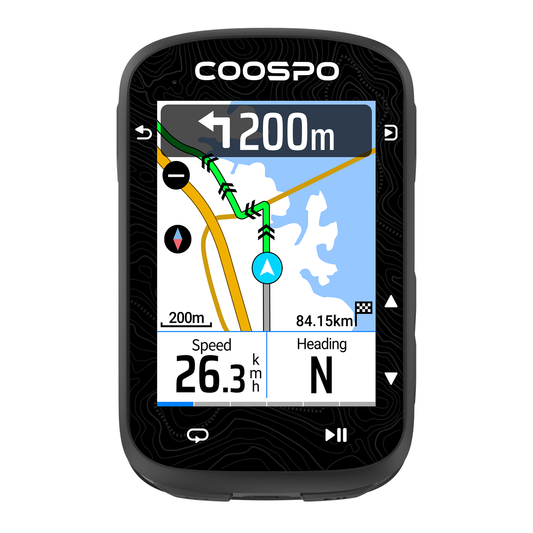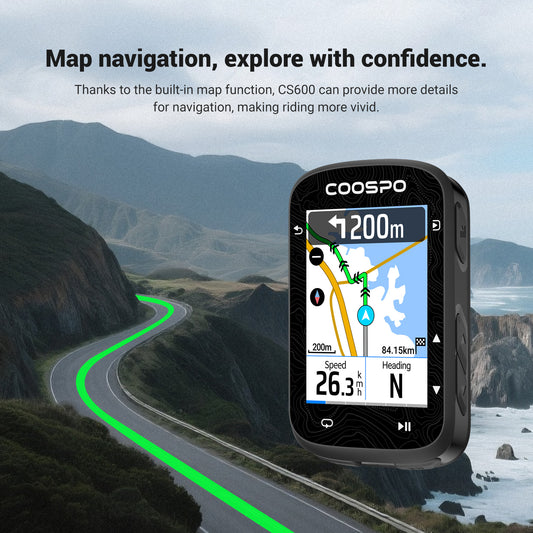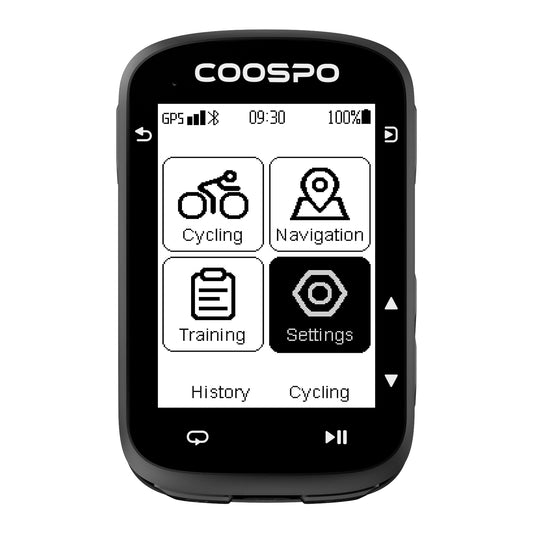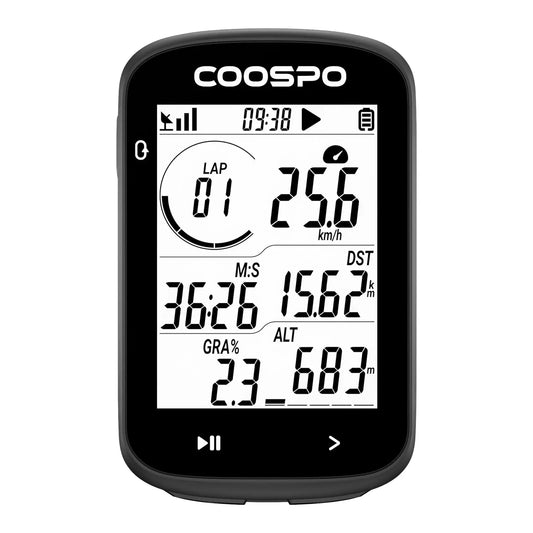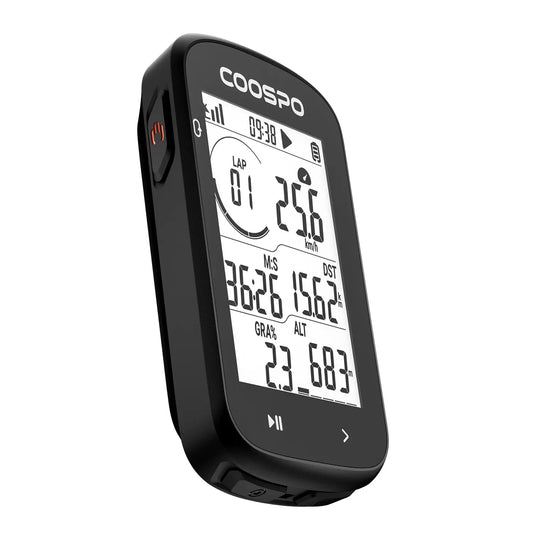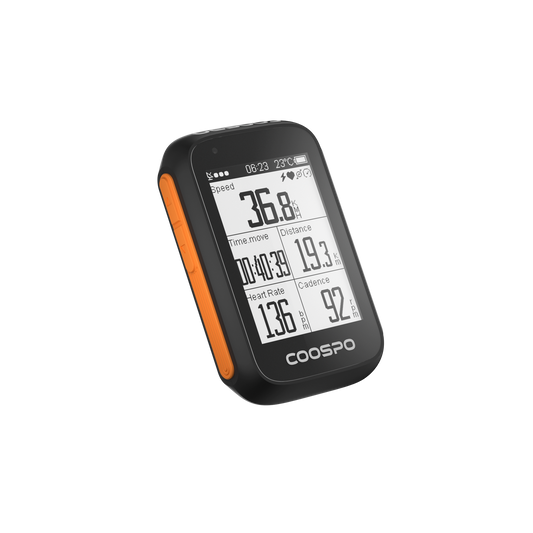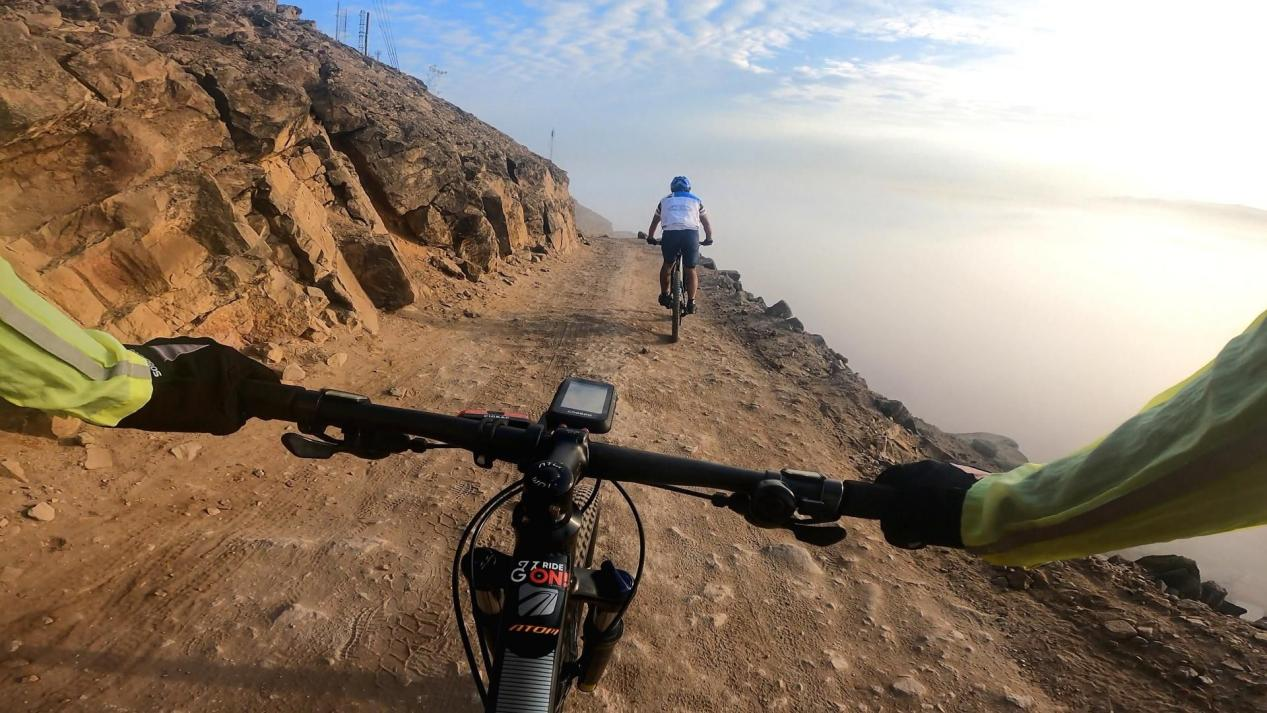Combattre la chaleur : conseils intelligents pour faire du vélo par temps chaud
Faire du vélo par temps chaud est agréable, mais peut s'avérer difficile. Rouler par beau temps est formidable, mais la chaleur peut affecter votre corps, vos performances et votre plaisir. Pour rouler en toute sécurité et rester au frais, prévoyez votre sortie, utilisez l'équipement adéquat et modifiez vos habitudes.

« S’entraîner par temps chaud peut engendrer de la fatigue et même provoquer des maladies ou des blessures », explique le Dr Jeffrey Aldous, maître de conférences en physiologie de l’exercice à l’université du Bedfordshire, dans une interview accordée à Cycling Weekly. « De ce fait, cela peut également impacter vos performances. »
Voici six conseils, étayés par des preuves scientifiques, pour vous aider à supporter la chaleur et à rester performant à vélo tout l'été.
Restez hydraté
Par temps chaud, le corps transpire pour se rafraîchir, ce qui entraîne une perte rapide de liquides et d'électrolytes. La déshydratation peut nuire à vos performances et même provoquer un coup de chaleur.
Selon l'American College of Sports Medicine, une perte hydrique de seulement 2 % du poids corporel peut considérablement altérer les performances sportives. Pour un cycliste de 70 kg, cela représente à peine 1,4 litre, une perte qui peut facilement survenir lors d'une longue sortie estivale.
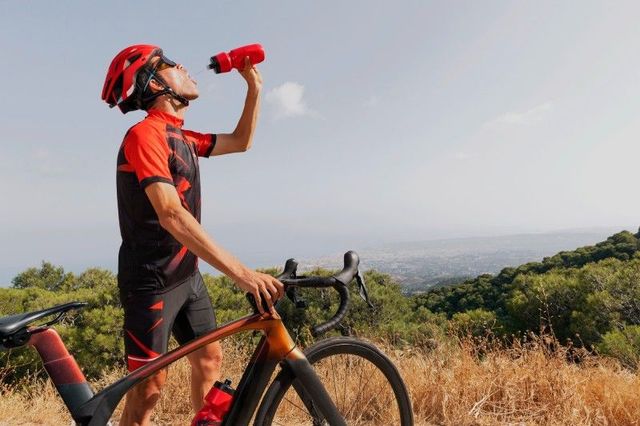
Conseils d'hydratation :
Buvez avant, pendant et après vos sorties à vélo. N'attendez pas d'avoir soif. Préremplissez votre estomac avec 500 à 750 ml d'eau deux heures avant de partir.
Essayez de boire 500 à 1000 ml par heure pendant une sortie à vélo, en fonction de la chaleur et de votre taux de transpiration.
Utilisez des boissons électrolytiques pour reconstituer vos réserves de sodium, de potassium et de magnésium, surtout pour les sorties de plus d'une heure. Elles favorisent une meilleure absorption de l'eau par l'organisme.
Conseil de pro : Boire des boissons contenant des électrolytes est une bonne idée pour compenser les pertes dues à la transpiration, qui peuvent provoquer des crampes. Mettre des glaçons dans votre gourde avant de partir aidera à garder votre boisson fraîche, au moins pendant la première demi-heure. Vous pouvez aussi placer vos gourdes au congélateur avant votre sortie (n'oubliez pas de les sortir !). Enfin, vous pouvez congeler une gourde la veille et la laisser décongeler lentement pendant votre sortie.
Habillez-vous en fonction de la météo
Le choix des vêtements appropriés peut faire une énorme différence en termes de confort et de performance.
Privilégiez les tissus légers et respirants, notamment les maillots et les shorts en matières évacuant l'humidité. Ces derniers favorisent l'évaporation rapide de la transpiration, contribuant ainsi au processus naturel de refroidissement du corps.

Évitez le coton, qui retient la chaleur et l'humidité. Privilégiez plutôt les tissus techniques comme les mélanges de polyester ou les empiècements en maille.
La couleur a aussi son importance. Les vêtements clairs réfléchissent la lumière du soleil, tandis que les couleurs foncées absorbent davantage la chaleur. Les vêtements blancs, bleu clair ou fluo sont souvent plus frais et plus visibles sur la route.
Suggestions d'équipement supplémentaires : Casque ventilé : Choisissez-en un avec plusieurs grandes aérations pour permettre à l'air de circuler sur votre cuir chevelu.
Casquette ou bandeau de cyclisme : porté sous le casque, il absorbe la transpiration et protège la tête des coups de soleil.
Manches ou sous-vêtements techniques anti-UV : Étonnamment, les manches longues en matière respirante et anti-UV peuvent vous garder au frais en protégeant votre peau des rayons directs du soleil.
Une étude de 2022 a montré que les athlètes portant des tissus spéciaux respirants et évacuant la transpiration restaient plus au frais et se sentaient plus à l'aise que ceux portant des vêtements ordinaires.
Surveillez l'état de la chaussée.
Après avoir affronté la neige, le verglas, la pluie et les nids-de-poule durant l'hiver, l'été apporte son lot de nouvelles conditions routières. Par temps très chaud, la chaleur peut ramollir l'asphalte, créant des zones glissantes ou collantes lorsque la chaussée se soulève. Cela peut s'avérer dangereux car la surface de conduite devient instable et le goudron peut se coller aux pneus, les salir et rendre la conduite plus difficile.
De nombreuses collectivités locales britanniques profitent des mois d'été pour réparer les routes secondaires en appliquant du bitume liquide sur la surface et en ajoutant une couche de gravier.Cela peut entraîner une accumulation de gravier, notamment en bordure de route et aux intersections, ce qui peut rendre la chaussée glissante. Soyez prudent sur les routes mouillées après un orage d'été, car elles peuvent être très glissantes, surtout sous les arbres denses.
Mettez de la crème solaire
Certains cyclistes apprécient leurs marques de bronzage et y voient un signe de fierté, tandis que d'autres se sentent gênés car elles donnent l'impression qu'ils portent un t-shirt blanc lorsqu'ils enlèvent leur maillot. Mais les marques de bronzage disgracieuses ne sont pas le plus gros problème. Les coups de soleil et le risque de cancer de la peau lié à une exposition excessive au soleil sont des problèmes sérieux. Les coups de soleil peuvent être douloureux, augmentent également les risques de cancer de la peau et accélèrent la déshydratation.
Les cyclistes sont particulièrement vulnérables en raison des longues heures passées sous le soleil direct et sur des surfaces réfléchissantes comme les routes et les voitures.
Utilisez correctement la crème solaire : choisissez une crème solaire à large spectre avec un FPS de 30 ou plus, résistante à l’eau et à la transpiration.
Appliquez le produit 30 minutes avant votre sortie et renouvelez l'application toutes les 2 heures, ou plus souvent en cas de transpiration abondante.
Appliquez de la crème solaire sur les parties exposées de votre corps, comme vos bras, vos jambes, votre visage et surtout votre nuque. Lorsque vous faites du vélo, l'avant de vos jambes, au-dessus du genou, et vos mollets seront davantage exposés au soleil que le reste du corps.
Utilisez une crème à base de zinc ou de titane pour une protection plus durable lors des longs trajets.
Roulez le matin ou le soir
Un moyen simple de se protéger des rayons intenses du soleil est d'éviter de faire du vélo aux heures les plus chaudes de la journée.
La lumière du soleil est plus forte l'après-midi, ce qui rend l'exercice plus facile le matin ou le soir car elle est moins intense à ces moments-là.
En été, les journées sont longues, donc faire un tour à vélo tôt le matin ou tard le soir peut être agréable, mais plus sûr et moins dangereux.
Rouler le matin ou le soir peut présenter des avantages : des routes plus calmes et la possibilité d'observer la faune sauvage, généralement cachée lorsque le soleil est haut dans le ciel.
Vous aimez les balades à vélo en soirée ? Utilisez des lumières, surtout si vous allez loin et que vous risquez de rouler après la tombée de la nuit. Faire du vélo la nuit peut être amusant et original, et donner un nouveau souffle aux chemins que vous connaissez.
Il est judicieux de glisser un gilet coupe-vent léger dans sa poche arrière pour les sorties à vélo en soirée, au cas où la température baisse.
Ajustez vos cibles
Par temps chaud, il faut faire preuve de prudence. Votre corps travaille davantage pour se refroidir, ce qui signifie que vous roulerez probablement plus lentement, transpirerez plus et vous fatiguerez plus vite.
Il est important d'adapter ses attentes et ses objectifs d'entraînement en conséquence. Cela ne signifie pas renoncer complètement à l'intensité, mais simplement l'aborder plus intelligemment.
Comment régler :
Réduisez la durée ou la distance de votre trajet pendant les journées de forte chaleur.
Utilisez la réserve de fréquence cardiaque (RFC) ou l'effort perçu plutôt que des objectifs de puissance stricts, car la fréquence cardiaque peut augmenter sous l'effet de la chaleur (un phénomène connu sous le nom de dérive cardiaque). Un fiable moniteur de fréquence cardiaque comme le Coospo qui vous aide à rester attentif à ces changements et à vous entraîner plus intelligemment par temps chaud.

Faites des pauses plus longues et recherchez l'ombre autant que possible.
Profitez de l'été pour vous concentrer sur la technique, l'endurance ou l'entraînement en zone 2 plutôt que sur des efforts intenses. Moniteur RH Coospo est un excellent outil pour suivre vos séances en Zone 2 de manière sûre et efficace.
Selon une étude de 2021 publiée dans Frontières de la physiologieLa chaleur peut réduire la VO2 max jusqu'à 17 %, ce qui souligne l'importance d'adapter sa charge de travail aux conditions.
N'oubliez pas : la récupération est plus longue par forte chaleur. Après l'effort, le réconfort : alimentez-vous, rafraîchissez-vous et privilégiez l'hydratation et le repos.



